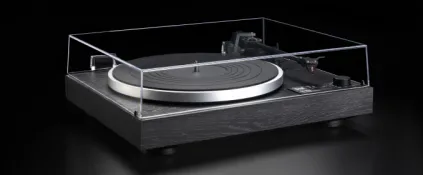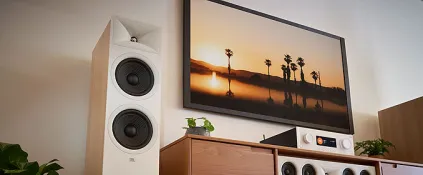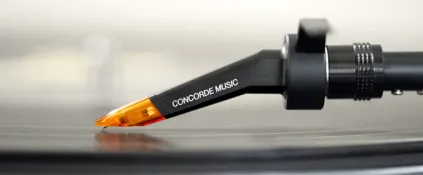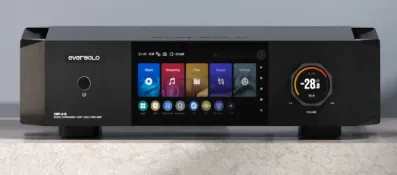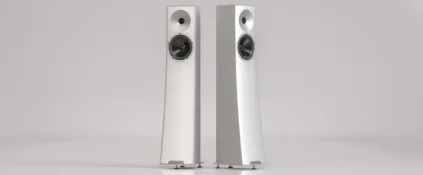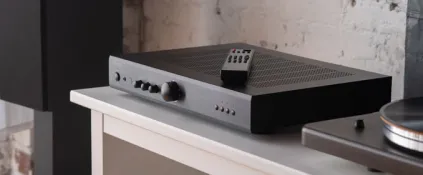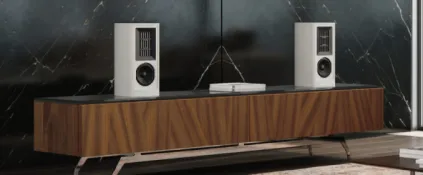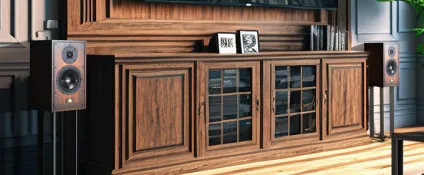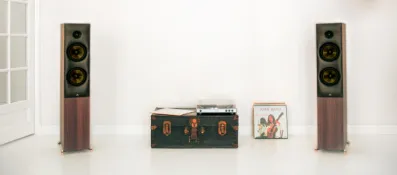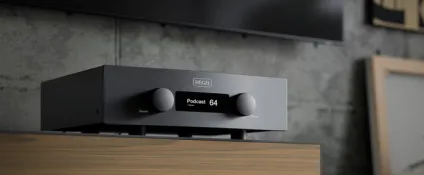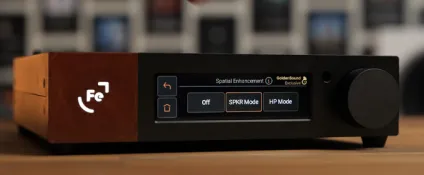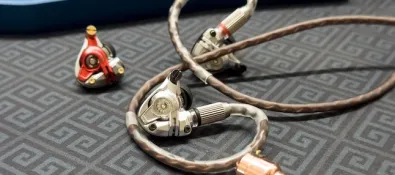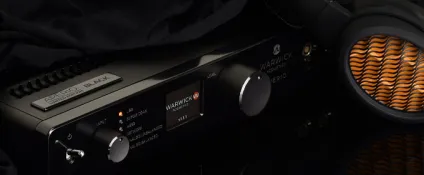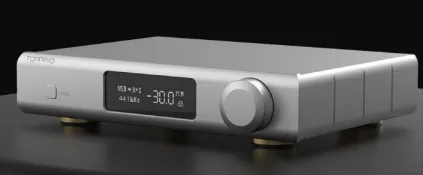David Price takes this fully automatic belt-drive record deck for a spin…...
Posted in:
Mark Gusew is wowed by a big floorstander with a little price......
Posted in:
David Price auditions the latest in a long line of iconic moving magnet...
Posted in:
Eric Teh samples the new flagship streaming DAC preamp from this popular Chinese...
Posted in:
Jay Garrett enjoys the high life with this premium-priced floorstanding...
Posted in:
David Price reckons that not all bargain-basement amps are created equal......
Posted in:
James Michael Hughes auditions this exotic, Swiss-made mini-monitor…...
Posted in:
Mark Gusew goes on a voyage of discovery with this very British, premium-priced...
Posted in:
Peter Katsoolis enjoys his time with this feisty-sounding French...
Posted in:
Simon Lucas auditions this impressive new compact, network-attached integrated...
Posted in:
Jay Garrett reckons this new high-end electrostatic is a real head turner......
Posted in:
Paul Sechi auditions this impressively versatile high-end integrated...
Posted in:
Cheryl Tan auditions this distinctive, premium quality digital-to-analogue...
Posted in:
Cheryl Tan is charmed by these unique, premium-priced modular in-ear...
Posted in:
Cheryl Tan enjoys the high life with this ultra high-end electrostatic headphone...
Posted in:
Mark Gusew takes this affordable new automatic record deck for a spin…...
Posted in:
David Price auditions a modestly priced, compact DAC/preamp that boasts the latest...
Posted in:

